I have recorded three short 6-7 minute videos on resizing photos. These are the same presentations that I did at the March club meeting in a condensed form. I show how to resize photos for email or the web using Photoshop Elements, Lightroom 4 and Microsoft Paint for those who don't have either of the previous two applications. You can find the videos on the Resources page.
The short version of the story is to resize your images for email or for the club monthly photo contests to no bigger than 800 pixels wide at 72 DPI. Usually for email 500-600 Px in the longest dimension will work fine. If you are not sure, send an email message to yourself with the photo and see what it looks like in your email.
- Bruce McKee
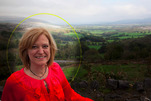
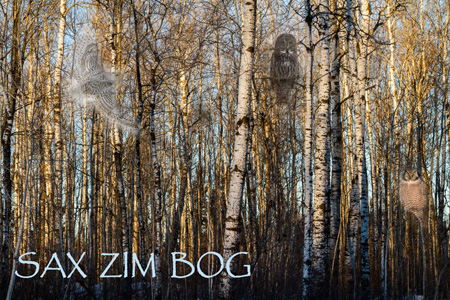
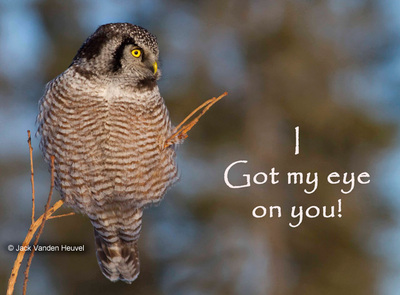
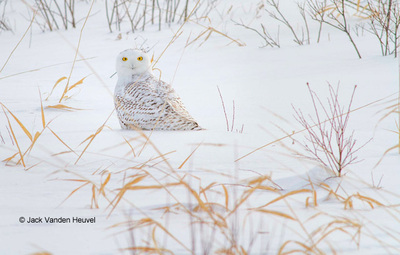
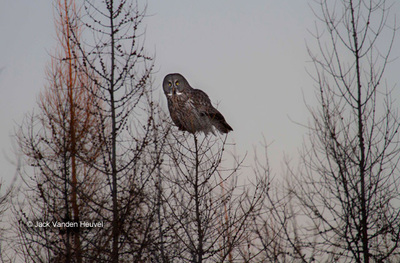
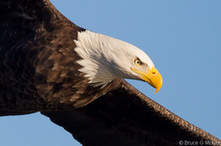
 RSS Feed
RSS Feed
